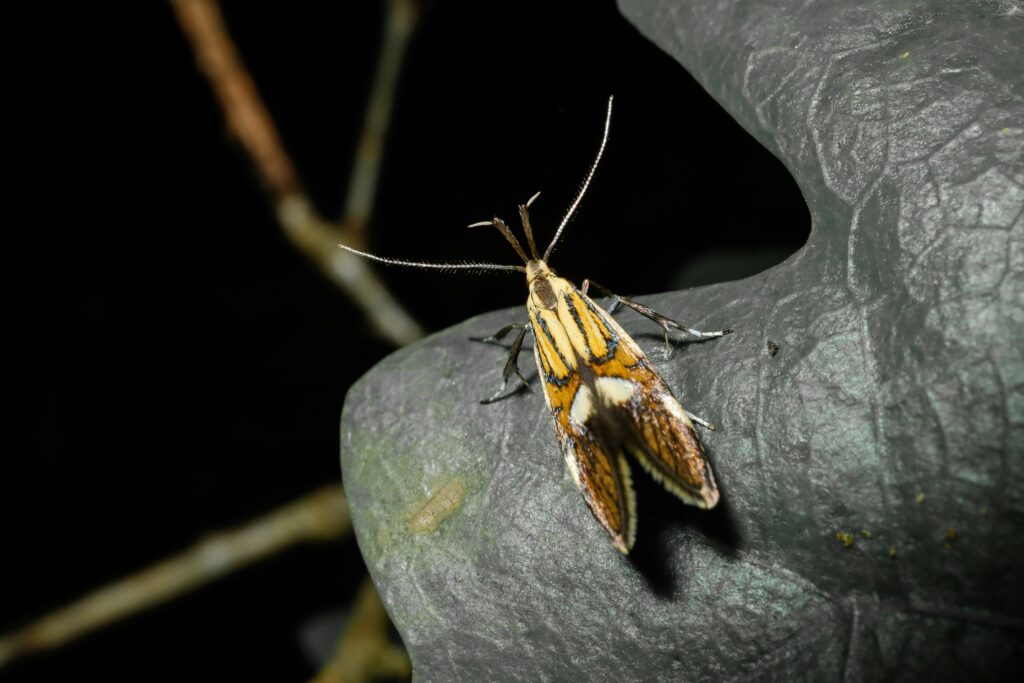The world of insects is vast and mysterious, with over a million known species inhabiting nearly every environment on Earth. While we’re used to encountering these six-legged creatures in gardens, forests, and even our homes, their remarkable adaptability has led them to colonize some truly unexpected locations. From the depths of caves to the heights of aircraft, from hospital operating rooms to computer servers, insects have demonstrated an uncanny ability to thrive in environments we would consider inhospitable or inaccessible. This article explores some of the most surprising and unusual places where insects have been discovered, highlighting their extraordinary resilience and adaptability in a world increasingly dominated by human activity.
Inside Active Volcanoes
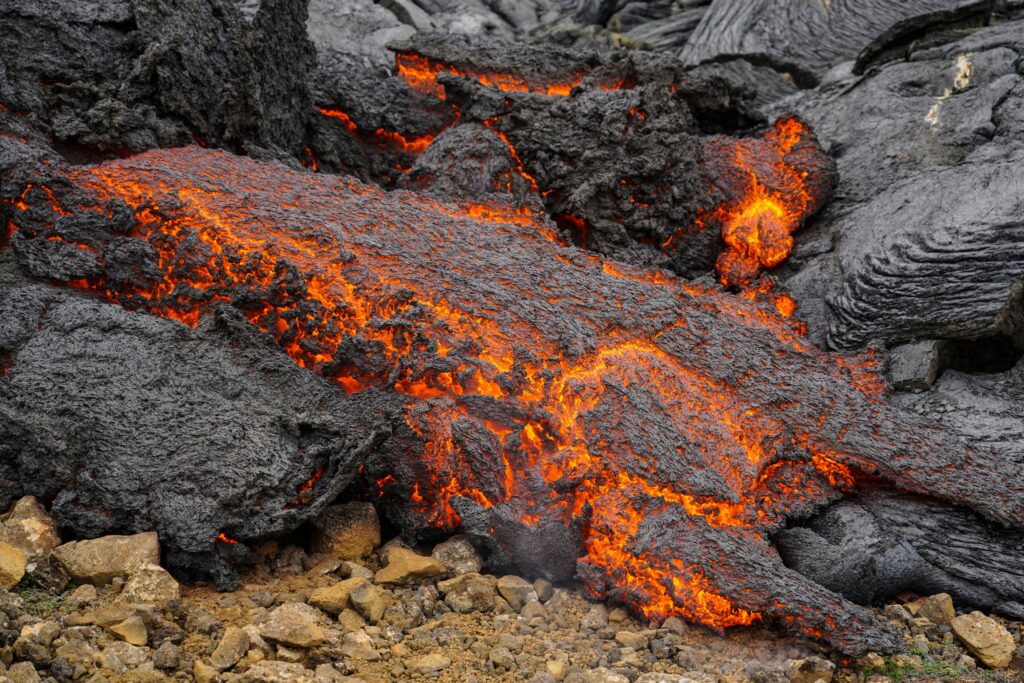
Perhaps one of the most extreme environments where insects have been found is within the vicinity of active volcanoes. Remarkably, researchers have discovered specialized beetles living in the geothermal soil around volcanic vents where temperatures can exceed 120°F (49°C). These “thermophilic” insects have evolved specialized proteins that prevent their cellular structures from breaking down at temperatures that would kill most other organisms. The Oniscigaster wakefieldi, a mayfly species found near volcanic hot springs in New Zealand, has even developed heat-resistant exoskeletons that allow them to briefly dip into waters reaching nearly boiling temperatures to lay their eggs. Their presence challenges our understanding of the environmental limits for complex life and demonstrates the extraordinary adaptive capabilities of insects.
Deep Within Hospital Operating Rooms
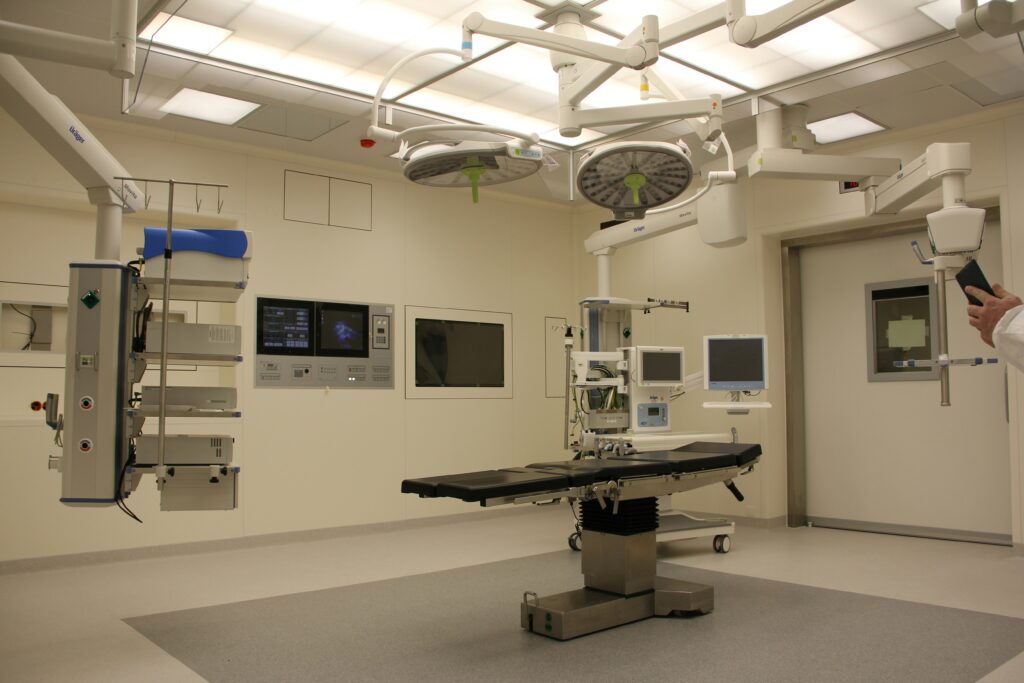
Despite rigorous sterilization protocols, insects have occasionally been documented in one of the most sanitized environments on Earth: hospital operating rooms. Studies monitoring hospital environments have detected small flies, cockroaches, and even ants in surgical suites, typically entering through ventilation systems or on equipment brought in from other areas. In 2018, a particularly concerning case involved surgical site infections traced back to flying insects that had contaminated sterile equipment. This discovery led to enhanced protocols for insect monitoring in medical facilities worldwide. The presence of insects in such controlled environments highlights not only their infiltration abilities but also raises significant concerns about potential disease transmission in settings where patients are most vulnerable.
Inside Computer Servers and Electronics
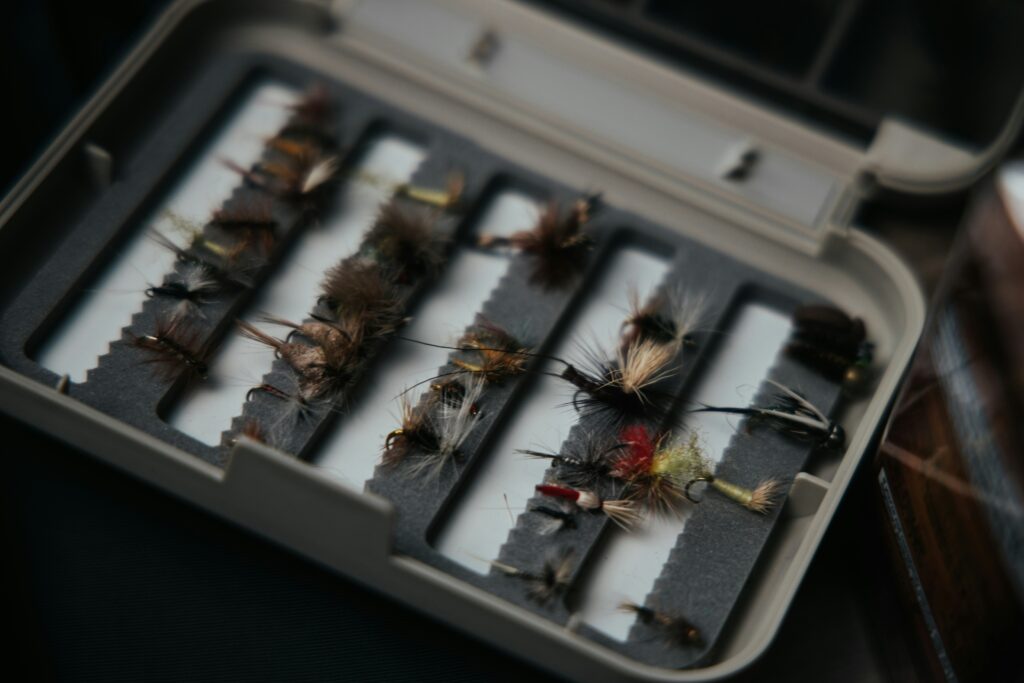
Modern technology has created entirely new habitats for opportunistic insects, with data centers and electronic equipment becoming surprising insect hotspots. Technicians have reported finding cockroaches, ants, and even silverfish living inside server rooms, where the constant warmth and relatively stable environment prove attractive. These “digital insects” pose serious threats to equipment, as they can cause short circuits or clog cooling systems. In 2017, an entire banking system in Australia experienced a major outage when a colony of tiny ants built a nest inside a primary server cabinet, causing corrosion on critical connection points. The warmth, darkness, and complex architecture of electronic equipment provide perfect microclimates for certain insect species, creating an entirely modern ecological niche.
At Extreme Ocean Depths

While insects are predominantly terrestrial creatures, some have been discovered in one of the most unexpected environments: the deep sea. Marine entomologists have identified sea skaters (Halobates species) living on the ocean’s surface up to 300 miles from shore. Even more surprisingly, specialized midge larvae have been found at depths exceeding 1,000 feet, surviving the crushing pressure in underwater caves and hydrothermal vent systems. These aquatic insects have evolved extraordinary adaptations, including specialized breathing apparatuses and pressure-resistant exoskeletons. Their unexpected presence in deep marine environments challenges traditional boundaries between terrestrial and oceanic ecosystems, suggesting that the evolutionary journey of insects is far more complex than previously understood.
Inside Human Bodies

Perhaps the most disturbing unexpected habitat for insects is within the human body itself. Medical literature documents numerous cases of insects discovered living in human ear canals, nasal passages, and even beneath the skin. The human bot fly (Dermatobia hominis) has evolved to lay eggs on human skin, where the larvae burrow and develop in a subdermal environment. More unusual are cases of myiasis, where fly larvae develop in wounds or body cavities, with documented instances occurring even in hospitalized patients. In 2019, doctors in Taiwan removed more than 100 live horsehair worm larvae from a patient’s eye after she experienced persistent irritation. While often parasitic in nature, these biological relationships demonstrate the opportunistic adaptability of certain insect species to utilize human bodies as temporary habitats.
Inside Aircraft Engines and Wings
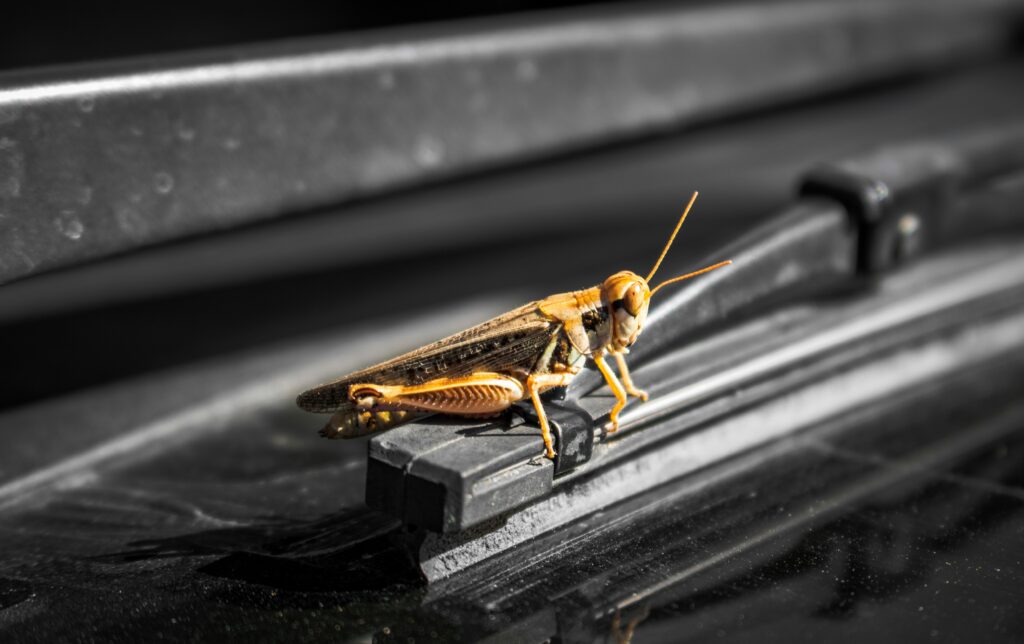
The aviation industry has encountered insect problems in places where few would expect to find living organisms: inside aircraft engines and wing structures. Engineers have discovered colonies of insects nesting within the engines of commercial aircraft, particularly during extended storage periods. These infestations can cause serious safety concerns, potentially blocking fuel lines or disrupting essential components. Additionally, certain wasp species have been found building nests inside the small openings of aircraft wings and equipment bays, with the tubular spaces resembling their natural nesting sites. One particularly notable case occurred in 2013 when a Boeing 777 was grounded after wasps built nests inside multiple pitot tubes—critical instruments that measure airspeed—potentially compromising flight safety systems.
Nuclear Reactor Facilities

Against all expectations, insects have been documented living within nuclear power plants, including areas with elevated radiation levels. Particularly remarkable was the discovery of colonies of ants and cockroaches surviving in maintenance tunnels at the Chernobyl nuclear facility years after the infamous disaster. Research suggests these insects have developed cellular mechanisms that repair radiation damage more efficiently than most organisms. In a controlled study at the Savannah River nuclear site, scientists found that certain beetle species could survive radiation exposure at levels 100 times higher than what would be lethal to humans. This extraordinary radiation resistance has even prompted biomimicry research, as scientists study these insects’ cellular protection mechanisms for potential applications in human radiation protection technologies.
Inside Sealed Food Packaging

Despite modern manufacturing processes and quality control measures, insects have been found living inside factory-sealed food packaging, raising questions about their entry point. Food safety inspectors have documented cases of live insects emerging from sealed packages of pasta, flour, and even canned products, sometimes years after production. In most cases, eggs or larvae were incorporated during the manufacturing process, remaining dormant until conditions became favorable for development. One particularly noteworthy case involved a consumer finding live moth larvae inside a vacuum-sealed chocolate bar that had been stored unopened for over two years. These incidents demonstrate not only the remarkable survival capabilities of certain insect species but also their ability to remain viable through processing steps specifically designed to eliminate biological contaminants.
In Sealed Ancient Tombs
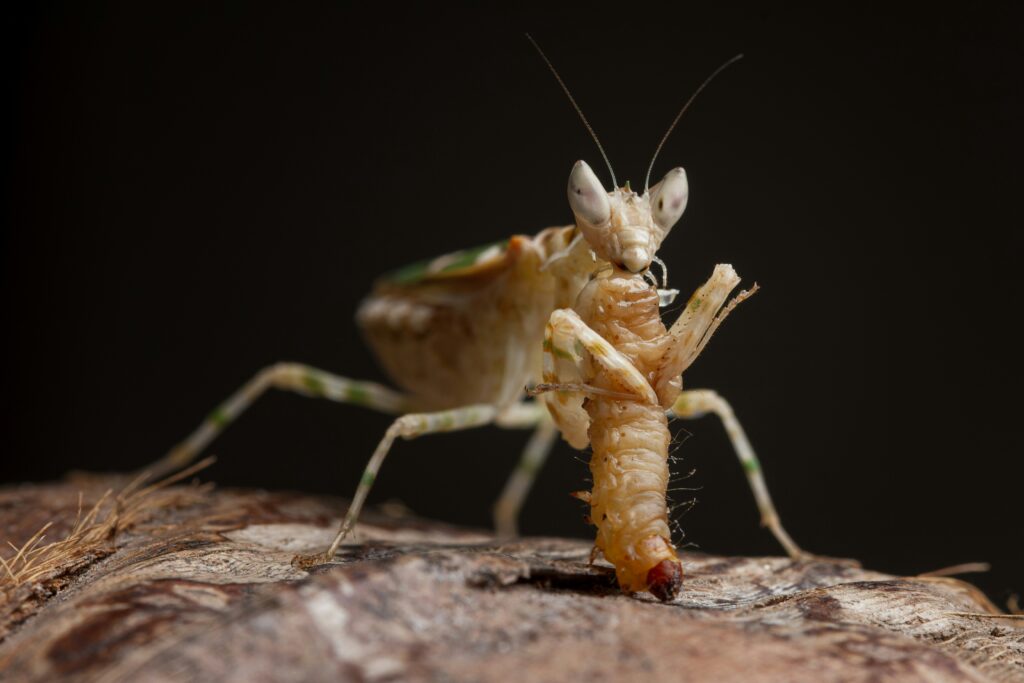
Archaeological excavations have revealed insects surviving in environments sealed for thousands of years—ancient tombs and burial chambers. When archaeologists opened previously undisturbed Egyptian tombs, they occasionally encountered living insects that had maintained populations in these isolated environments for millennia. These insects typically survived by feeding on organic materials within the tombs or by establishing complex micro-ecosystems. In 1922, when Howard Carter opened Tutankhamun’s tomb, researchers documented several species of insects still living within the sealed chambers, having evolved in isolation for over 3,000 years. These “tomb insects” often exhibit unique adaptations, including enhanced ability to survive on minimal resources and adjustments to complete darkness, representing remarkable examples of isolated evolution.
Inside Glacial Ice

Contrary to expectations about insect temperature tolerances, viable insects have been discovered frozen within glacial ice, sometimes remaining dormant for centuries before reanimation. The most famous example is the glacier ice worm (Mesenchytraeus solifugus), which lives its entire life cycle within glacial ice, maintaining activity at temperatures just above freezing. Even more remarkably, researchers studying ice cores have found insect remains with viable DNA dating back thousands of years. In 2016, scientists successfully revived bdelloid rotifers (microscopic invertebrates related to insects) that had been frozen in Siberian permafrost for over 24,000 years. These discoveries suggest that certain insect species possess extraordinary cryptobiotic abilities—essentially suspending their biological processes during freezing and reactivating when conditions improve.
In Outer Space Environments
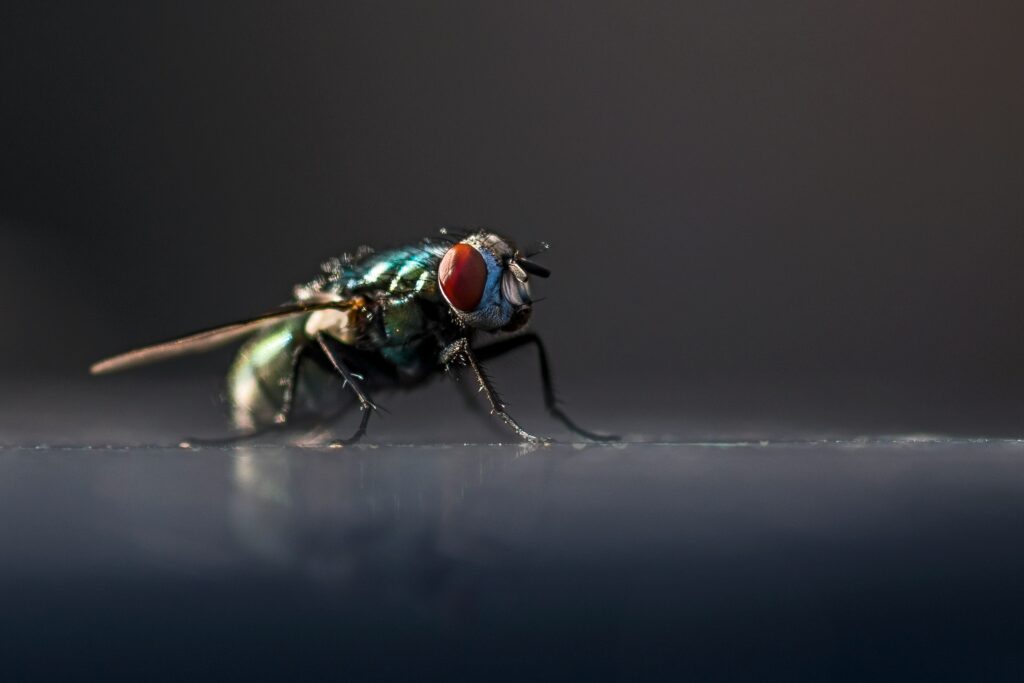
Perhaps the most extreme location where insects have been found is beyond Earth itself—in space environments. Several insect species have been deliberately sent to space for research purposes, with some showing remarkable survival capabilities in microgravity and elevated radiation. Tardigrades, while technically not insects but closely related microinvertebrates, have survived direct exposure to the vacuum of space during controlled experiments on the exterior of spacecraft. More conventionally, fruit flies and silkworms have been documented completing full life cycles aboard the International Space Station, demonstrating their adaptability to microgravity. In 2021, a study revealed that certain beetle larvae could survive up to 30 days in simulated Mars atmospheric conditions, suggesting potential for insect survival even on other planets.
Inside Fine Art Masterpieces

Museum conservators have made the distressing discovery of insects living inside priceless works of art, creating unexpected microhabitats within culturally significant items. Specialized wood-boring beetles have been found tunneling through ancient wooden sculptures and painting frames, sometimes remaining undetected for decades. In a particularly notable case at the Louvre, conservators discovered a colony of book lice living within the adhesive layers of a 16th-century painting, feeding on microscopic mold growing between canvas and frame. Paper-eating silverfish have created entire generational colonies within rare manuscripts stored in climate-controlled vaults, demonstrating their ability to adapt to artificial environments. These “art insects” have evolved specialized diets to consume materials like historical pigments, glues, and fabrics, creating a unique conservation challenge for museums worldwide.
In Artificial Satellites
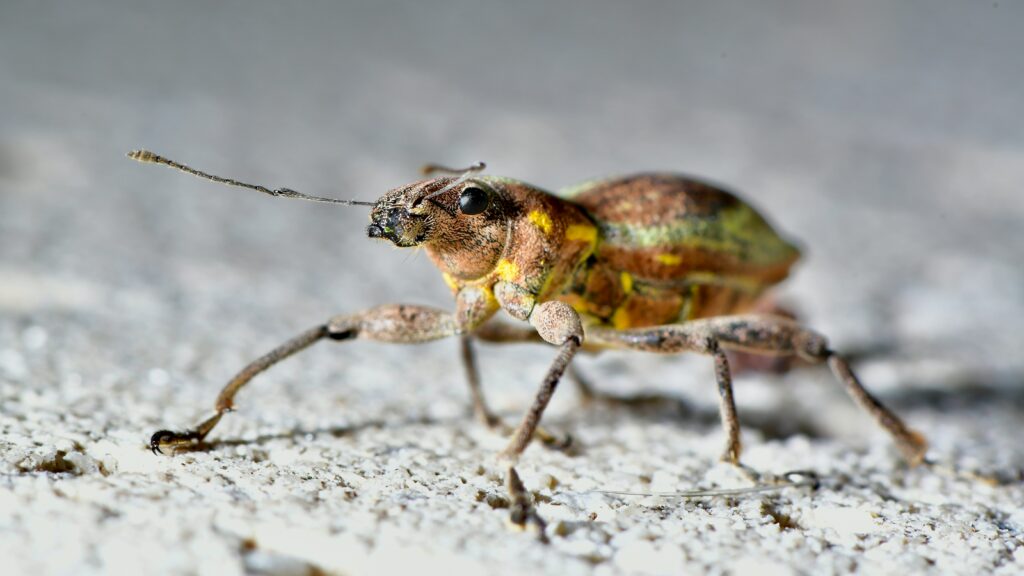
In one of the most unexpected discoveries, insects have been found stowing away on artificial satellites before launch, occasionally surviving the journey into orbit. During pre-launch inspections of communication satellites, technicians have discovered cockroaches and other resilient insects hiding within equipment housings and insulation materials. In at least one documented case from a European Space Agency project, insect eggs were discovered to have hatched during a satellite’s operational period, with the larvae feeding on insulation materials. These inadvertent space travelers face extreme conditions including temperature fluctuations, radiation exposure, and vacuum environments. While most ultimately perish, their presence demonstrates both the persistent infiltration abilities of insects and raises questions about potential biological contamination of space environments.
The remarkable ability of insects to colonize such diverse and unexpected environments testifies to their extraordinary evolutionary success. From volcanic vents to nuclear reactors, from ancient tombs to space stations, these six-legged survivors continue to demonstrate adaptability that surpasses most other life forms. Their presence in these unusual habitats not only highlights their biological resilience but also provides scientists with unique research opportunities regarding adaptation, evolution, and survival in extreme conditions. As humans continue to create new environments and alter existing ones, insects will undoubtedly continue to surprise us by making homes in places we never imagined possible, reminding us of nature’s persistent ingenuity in the face of seemingly insurmountable challenges.

